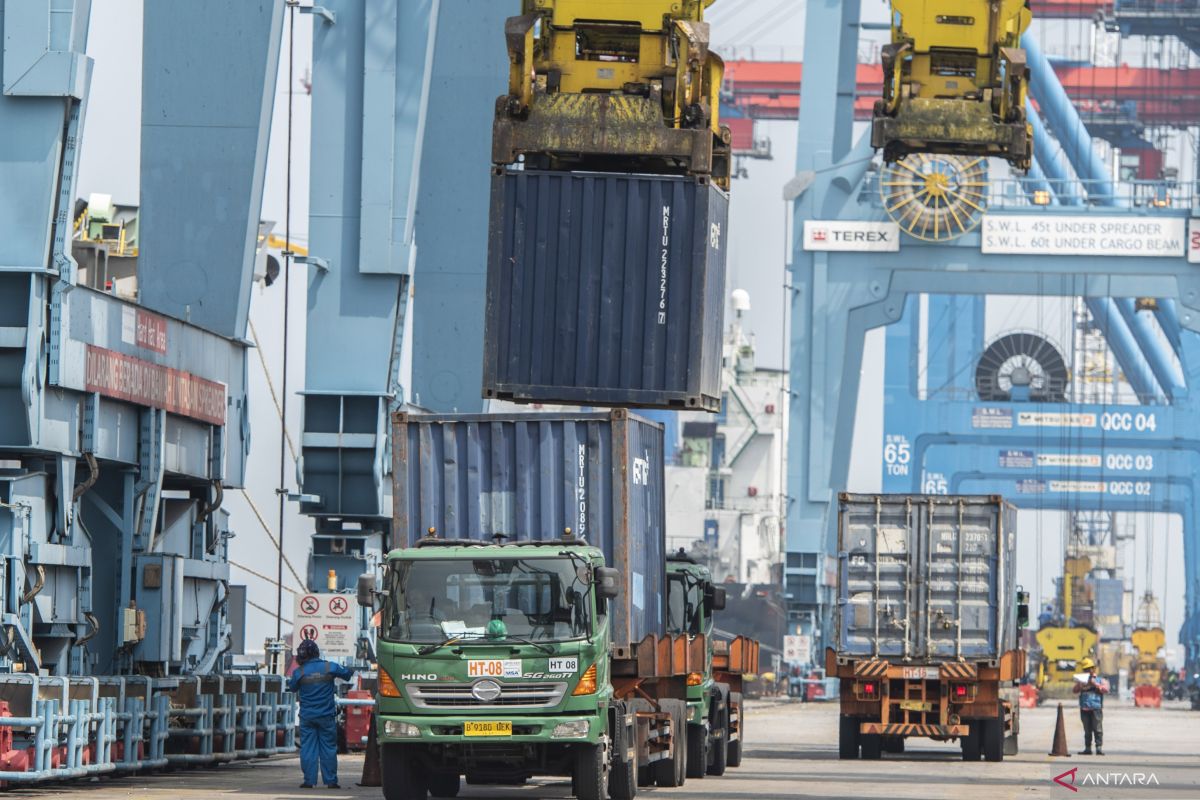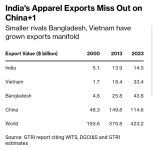Vikramaditya1
Full Member
- Mar 20, 2023
- 1,014
- 574
- Country of Origin

- Country of Residence

Across Southeast Asia, a tidal wave of cheap Chinese imports is swamping local industries, leaving devastation and joblessness in its wake.
Half of the ceramics factories in Thailand’s northern Lampang province have closed. In Indonesia, thousands of textile workers have lost their jobs. Malaysia’s manufacturers, meanwhile, say the government’s attempt at stemming the tide – a meagre 10 per cent tax on e-commerce – has done little to shield them from the deluge.
For Meelarp Tangsuwana, who founded his ceramics factory 35 years ago, the numbers just don’t add up. His company, like many others in Lampang, produces hand-painted soup bowls, lovingly crafted and sold for 18 baht (53 US cents) each to food stalls across Thailand and beyond. Yet Chinese competitors are flooding the market with identical bowls – minus the artistry – priced at a mere 8 baht.
“I don’t understand how it’s possible to drop the costs that low,” he said.
Meelarp’s despair resonates throughout the region, where makers of textiles, cosmetics, electronics and kitchenware find themselves outmatched by Chinese manufacturers, whose highly automated supply chains and relentless pursuit of new markets are reshaping the competitive landscape.

Half of the ceramics factories in Thailand’s northern Lampang province have closed. In Indonesia, thousands of textile workers have lost their jobs. Malaysia’s manufacturers, meanwhile, say the government’s attempt at stemming the tide – a meagre 10 per cent tax on e-commerce – has done little to shield them from the deluge.
For Meelarp Tangsuwana, who founded his ceramics factory 35 years ago, the numbers just don’t add up. His company, like many others in Lampang, produces hand-painted soup bowls, lovingly crafted and sold for 18 baht (53 US cents) each to food stalls across Thailand and beyond. Yet Chinese competitors are flooding the market with identical bowls – minus the artistry – priced at a mere 8 baht.
“I don’t understand how it’s possible to drop the costs that low,” he said.
Meelarp’s despair resonates throughout the region, where makers of textiles, cosmetics, electronics and kitchenware find themselves outmatched by Chinese manufacturers, whose highly automated supply chains and relentless pursuit of new markets are reshaping the competitive landscape.









